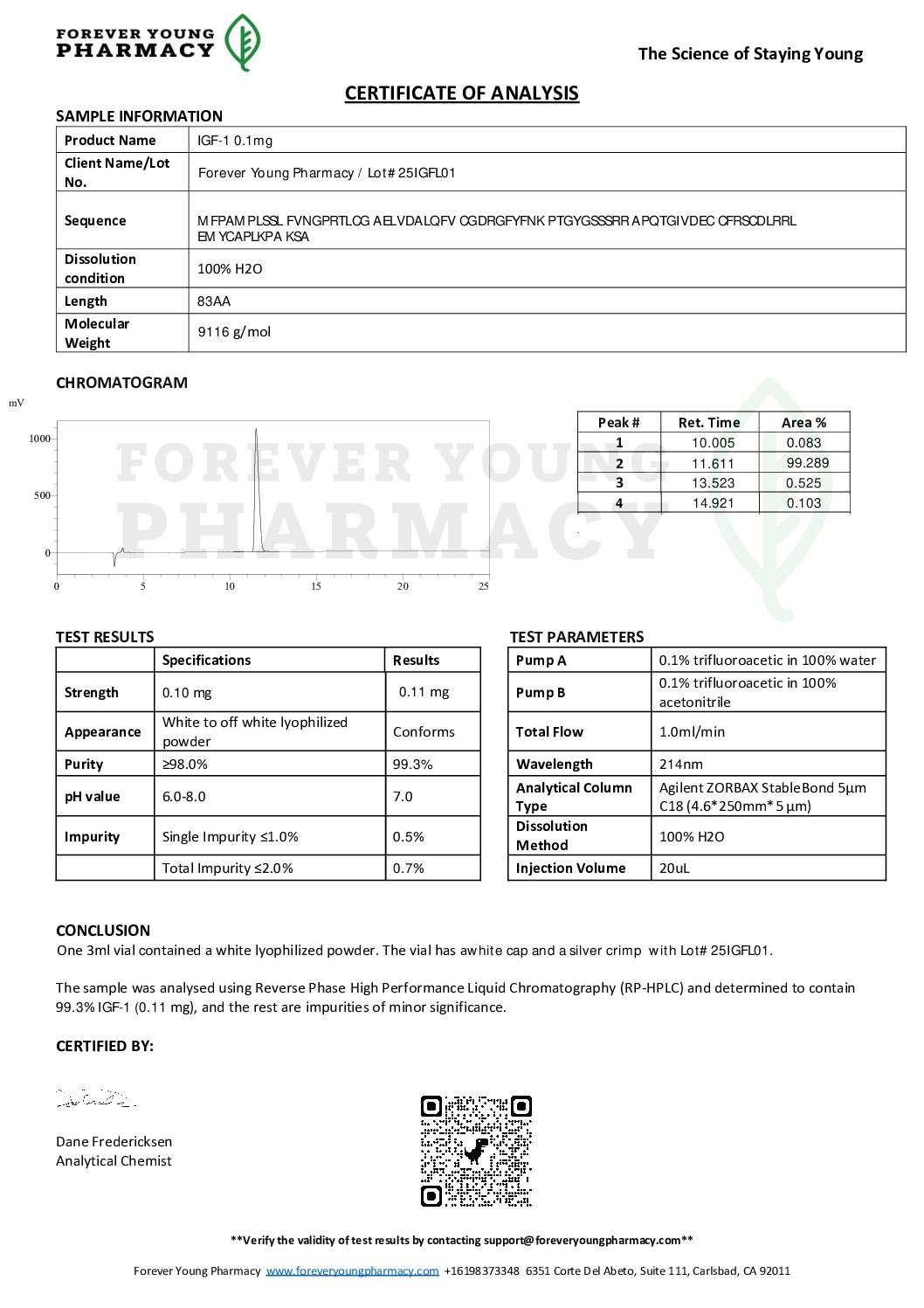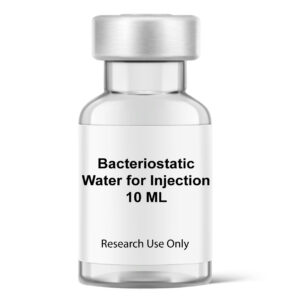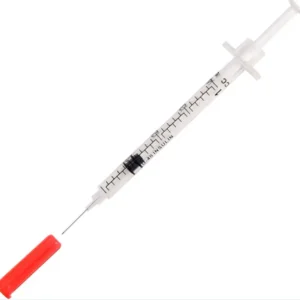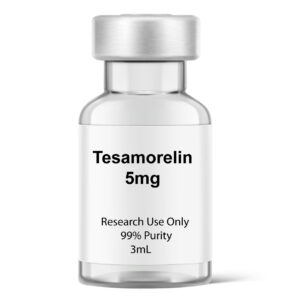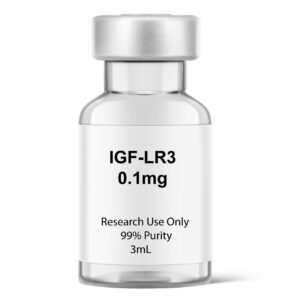Introduction to IGF-1 LR3
Insulin-like Growth Factor-1 Long Arginine 3 (IGF-1 LR3) is a synthetic, modified version of Insulin-like Growth Factor-1 (IGF-1), a naturally occurring peptide hormone critical for growth and development. IGF-1 LR3 consists of the 70-amino-acid IGF-1 sequence with a 13-amino-acid extension at the N-terminus and a substitution of arginine for glutamic acid at position 3. These modifications enhance its stability and half-life (20–30 hours compared to ~15 minutes for native IGF-1), making it more potent for research purposes. Originally developed to study IGF-1’s role in cellular growth, repair, and metabolism, IGF-1 LR3 is primarily used in preclinical research to explore its effects on muscle growth, tissue repair, and metabolic regulation.
IGF-1 LR3 is popular in bodybuilding and athletic communities for its anabolic properties, though its use for performance enhancement is controversial and banned by organizations like the World Anti-Doping Agency (WADA). It is not approved by regulatory bodies like the FDA or EMA for medical or cosmetic use due to limited clinical data and potential side effects, such as hypoglycemia and increased cancer risk. Its applications are restricted to research settings, with ongoing studies investigating its potential in muscle-wasting disorders, wound healing, and neuroprotection.
How IGF-1 LR3 Works
IGF-1 LR3 exerts its effects by mimicking the actions of native IGF-1, which is produced in the liver in response to growth hormone (GH) stimulation. It binds to the IGF-1 receptor (IGF-1R), a tyrosine kinase receptor, triggering intracellular signaling pathways, primarily the PI3K-Akt and MAPK/ERK pathways. These pathways promote cell proliferation, differentiation, and survival while inhibiting apoptosis. The arginine substitution at position 3 reduces binding to IGF-binding proteins (IGFBPs), which normally regulate IGF-1 activity, resulting in greater bioavailability and prolonged activity compared to native IGF-1.
In muscle tissue, IGF-1 LR3 stimulates protein synthesis and satellite cell activation, leading to muscle hypertrophy and repair. It enhances glucose uptake and glycogen synthesis, mimicking insulin’s metabolic effects, which supports energy availability for cellular processes. In other tissues, such as bone and cartilage, it promotes growth and repair by stimulating osteoblast and chondrocyte activity. Its neuroprotective effects involve enhancing neuronal survival and synaptic plasticity, potentially through BDNF upregulation.
IGF-1 LR3’s extended half-life allows it to remain active longer, amplifying its anabolic and regenerative effects. However, this potency increases the risk of off-target effects, such as uncontrolled cell proliferation, which has raised concerns about its potential to promote tumor growth in cancer-prone models.
Key Research Areas
IGF-1 LR3 offers several potential benefits, primarily supported by preclinical studies and anecdotal reports. Below are the key benefits:
Muscle Growth and Hypertrophy: Promotes muscle protein synthesis and satellite cell activation, leading to increased muscle mass and strength, making it valuable for studying muscle-wasting conditions like sarcopenia or cachexia.
Tissue Repair and Recovery: Enhances repair of muscle, cartilage, and connective tissues by stimulating cell proliferation and collagen synthesis, potentially aiding recovery from injuries or surgeries.
Improved Metabolic Function: Increases glucose uptake and glycogen storage, supporting energy metabolism and potentially improving insulin sensitivity in research models of diabetes.
Neuroprotection: Supports neuronal survival and synaptic plasticity, with potential applications in neurodegenerative diseases like Alzheimer’s or traumatic brain injury, though evidence is preliminary.
Bone Health: Stimulates osteoblast activity, promoting bone formation and density, which may be useful in studying osteoporosis or bone injury repair.
Despite these benefits, IGF-1 LR3’s use is limited by safety concerns, including risks of hypoglycemia, organ enlargement, and potential cancer promotion due to its mitogenic effects. Its application remains experimental, and human use outside research is not recommended due to lack of regulatory approval.
Certificate of Analysis
The following technical details outline the properties of IGF-1 LR3 1mg, providing a scientific snapshot of the peptide.
Property | Description |
|---|---|
Chemical Sequence | MFPAMPLSSLFVNGPRTLCGAELVDALQFVCGDRGFYFNKPTGYGSSSRRAPQTGIVDECCFRSCDLRRLEMYCAPLKPAKSA |
CAS Number | 143045-27-6 |
Molecular Formula | C400H625N111O115S9 |
Molecular Weight | 9111.45 g/mol |
Appearance | White Lyophilized Powder |


